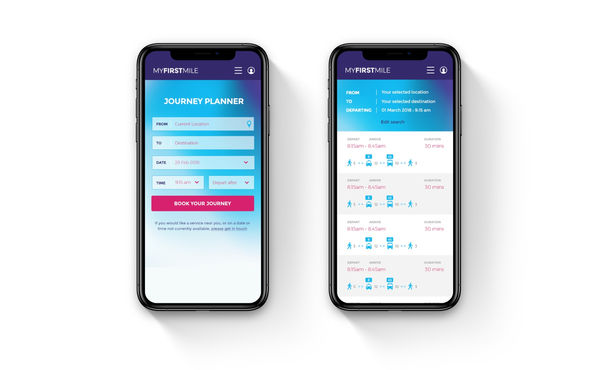Mobility as a Service (MaaS)
Mobility as a Service (MaaS) can be identified as a digital interface which manages and displays a range of transport-related services giving users access to a variety of functions, such as allowing customers to make payments and get real-time information on a range of private and public transport options.
Developments in Modes of Mobility
Early modes of modern mobility consisted of individual car ownership, buses (mass transit), car leasing (cars for hire) and train rides. This had later expanded to include an array of modes of transport, such as high speed trains, personal rapid transits (PRT), e-scooters (so-called micro-mobility), taxis for hire (single occupant ride-hailing services), Peer-to-Peer (P2P) car sharing, on-demand freight to car subscriptions (e.g. e-bikes, ride-sharing and packaged goods delivery) among others.
How MaaS works
MaaS operates as a digital one-stop platform that allows customers to plan their journeys in advance. It enables the combination of several transport options into a single journey, across public and private modes and infrastructure, tailored to individual user requirements. MaaS leverages modern reliance on mobile phones to assist day-to-day choices, from where to dine to what is the best route for travel.
With the digital interface, payments for services can be made on a pay-as-you-go basis, or as a service bundle subscription paid in advance the same way as we purchase mobile phones on a contract. MaaS in its intended form aims to provide the best multimodal solution and may provide users with a more convenient and sustainable transport option. This may assist the reduction of congestion in city centres, and promote a sustainable transportation revolution. In short, MaaS is a real-time on-demand usage of transport services tailored according to the user's needs.
Developments in MaaS and UAM
If integrated successfully, MaaS will allow for connectivity of various modes of transport. We can envisage further developments in MaaS with the implementation of Advanced Air Mobility (AAM), including Urban Air Mobility (UAM), providing end users a platform with a list of all transport modes, allowing them to plan custom journeys.
For an individual, cost, availability, convenience, comfort and speed are key factors in the decision-making process. In the future it is expected that several incentives, such as grants and subsidies, will be introduced to encourage customer take-up.
A 6-month study in Bristol named MYFIRSTSMILE was trialled in 2018 giving the general public access to a range of integrated modes of transport to offer a complete travel experience. With this trial service passengers were able to pre-book all modes of transport based on their journey plan for that day using a single pass.
The service incorporated a mobile app which was used by the passenger and the driver. With this service, customers had access to journey planners, integrated ticketing, vehicle tracking, routing, scheduling, booking and monitoring. The trial ended in December 2018 and talks are in place with local authorities for mass scale implementation.
Dr Agouridas, Strategic Innovation Lead at Airbus and UAM Initiative Leader in an interview has stated “the premise of smart mobility is to capitalise in native digital applications and real-time data and information to optimise the intermodal interfaces and eventually the effectiveness and efficiency of travel, thus consequently reducing traffic congestion and the amount of CO2 being emitted into the atmosphere.”
“o this end, the concept of Mobility as a Service (MaaS) is one of the pillars upon which the UAM initiative demonstrators are building on, in view of combining the different modes and improving intermodality of transport systems, in order to minimise the mobility footprint per person”.
Sources and suggested reading :





